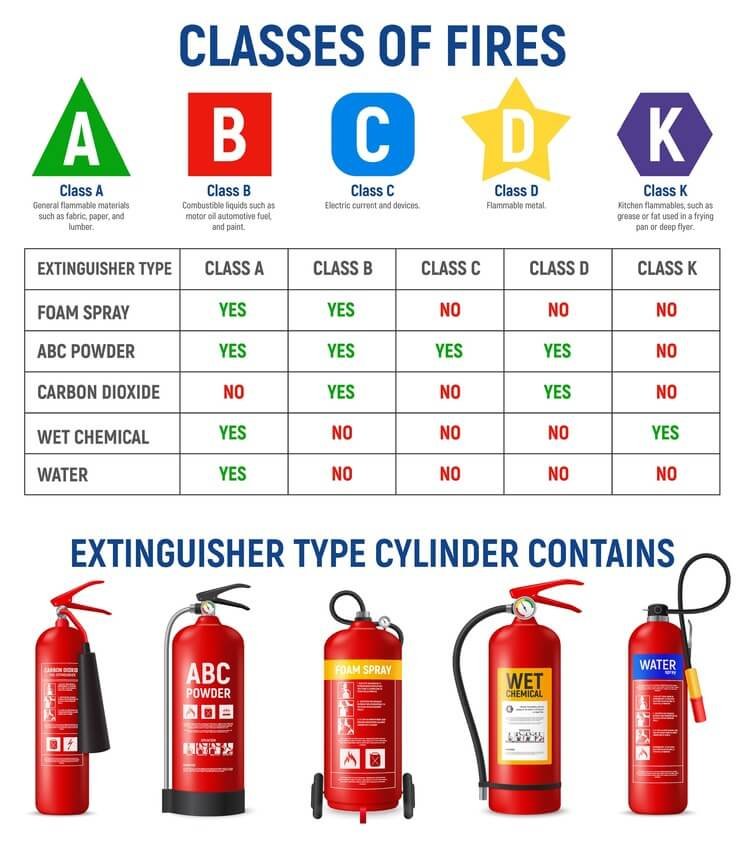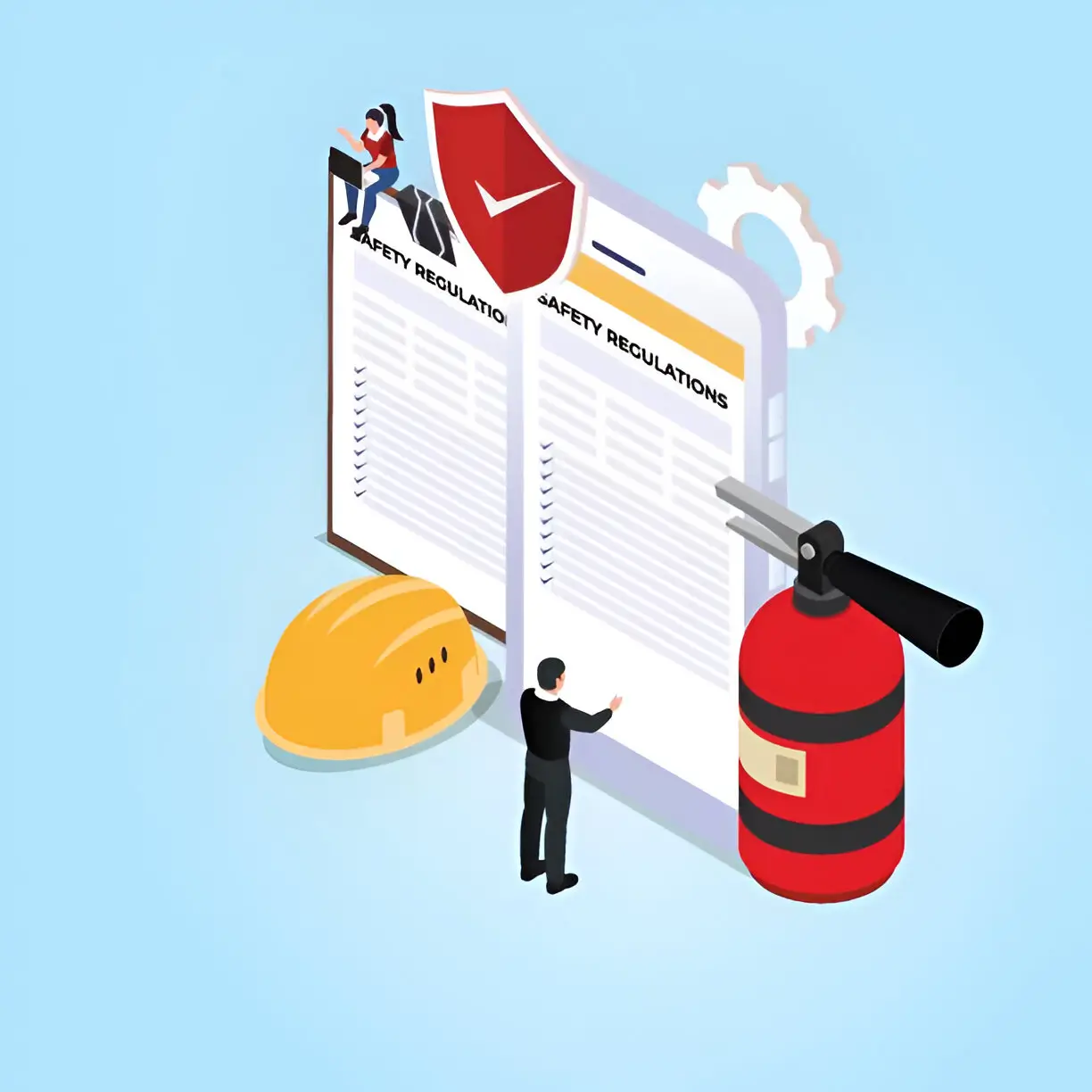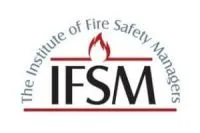Safeguarding South London with Expert Fire Safety Solutions
Ensure your peace of mind today by scheduling your fire extinguisher service with London Safety Certificate. Experience top-tier protection where reliability meets efficiency. Contact us now to enhance the safety of your premises!
ONLY £79.99
* All inclusive (No hidden Cost)
* Limited time offer upto 2 weeks from now

Fire Extinguisher Servicing South London
In South London, professional fire extinguisher servicing by the London Safety Certificate ensures that safety equipment remains effective and compliant with British Standards (BS5306). Their expert technicians are well-versed in maintaining a variety of extinguishers, including CO2, foam, water, powder, and wet chemical types. Each service includes detailed risk assessments tailored to specific environments, adhering to stringent safety protocols. Frequent training updates guarantee that London Safety Certificate personnel stay at the forefront of safety and technology advancements. Comprehensive service plans and transparent pricing further enhance the trust and readiness of businesses against fire incidents. Additional insights on emergency preparedness and service reliability underscore the importance of regular maintenance.

Fire Extinguisher Servicing Price
£79.99
✔ IFSM Approved Engineers
✔ Accordance with BS5306
✔ Professional Accessor
✔ 10 Years Experience
Importance of Regular Maintenance
Given that fire extinguishers are critical first-response tools in the event of a fire, it is paramount to maintain their operational efficacy through regular maintenance. Ensuring the functionality of fire extinguishers is not merely a matter of regulatory compliance; it is an essential component of workplace safety and effective emergency response strategies.
The integrity of fire safety equipment directly influences the success of fire prevention measures and the safety of individuals during fire-related incidents.
Regular maintenance schedules are crucial for checking the mechanical parts and chemical solutions in fire extinguishers to ensure they operate correctly when needed. This involves a series of actions including, but not limited to, inspection for damage, verification of pressure levels, and refilling or replacing chemical agents.
Adherence to BS5306 standards provides a framework for these activities, ensuring that every extinguisher performs reliably under duress.
A comprehensive risk assessment should accompany maintenance efforts to identify potential inadequacies in the existing fire safety protocols. This assessment helps in tailoring maintenance schedules that align with the specific environmental conditions and fire risks of a facility.
Moreover, legal compliance is not just about adhering to the laws; it is about actively fostering a culture of safety and preparedness. This proactive approach minimizes the risk of fire accidents and the associated human and material losses.
Ultimately, the goal of stringent maintenance of fire extinguishers is to ensure that every emergency response effort is backed by reliable, effective equipment. This commitment not only protects property but, more importantly, saves lives.
Regular maintenance, therefore, is not an optional safety measure but a fundamental aspect of operational security and emergency preparedness.
Benefits of Service Contracts
Establishing a service contract with the London Safety Certificate for regular fire extinguisher maintenance offers substantial benefits for businesses seeking to enhance safety and ensure compliance. Such agreements are not merely administrative formalities; they are strategic investments in safety and operational efficiency. By choosing to engage in a service contract, businesses can expect meticulous attention to detail and adherence to the highest standards of fire safety.
A service contract with London Safety Certificate services in South London ensures:
Cost Savings
Fixed-rate plans mitigate unexpected expenditures, enabling better financial planning and resource allocation. Regular maintenance also extends the equipment lifespan, reducing the need for premature replacements.
Maintenance Scheduling
Automated scheduling tools allow for timely service intervals, ensuring that no inspection or maintenance check is missed. This proactive approach minimizes the risk of equipment failure and ensures optimal performance during emergencies.
Customer Support
Contract clients receive priority in emergency situations, along with access to expert advice and support. This immediate access to professional assistance enhances emergency readiness and contributes to overall safety.
These structured contracts offer predictable costs and tailored services that align with specific safety goals and business needs. With the London Safety Certificate in South London, businesses not only meet the necessary safety standards but also position themselves as responsible, reliability-focused entities that prioritise the welfare of their stakeholders.

Types of Fire Extinguishers in South London
London Safety Certificate service in South London specialises in the servicing of a diverse range of fire extinguishers, each designed to address specific types of fires, thus ensuring optimal safety and compliance. Our technical expertise allows us to maintain and service multiple fire extinguisher types, each equipped with different extinguishing agents suitable for a variety of fire class classifications.
Among the fire safety equipment we service are CO2 extinguishers, which are primarily used for electrical fires due to their non-damaging, residue-free agent. Foam extinguishers, which are effective against flammable liquids by creating a barrier between the fuel and the fire, are also part of our servicing spectrum.
Additionally, for Class A fires involving solid combustibles like wood and paper, water extinguishers are the most effective and environmentally friendly option. Our portfolio also includes powder extinguishers, which are highly versatile and capable of tackling nearly all fire classes (A, B, C, and electrical).
Wet chemical extinguishers are indispensable in kitchen environments, where fires often involve oils and fats. These extinguishers are specifically formulated to combat these high-temperature blazes efficiently and safely.
As part of our comprehensive service, we provide an exhaustive overview of portable extinguishers and an extinguisher selection guide to assist clients in choosing the right type for their specific needs.
Additionally, the London Safety Certificate service in South London ensures that all serviced equipment meets rigorous safety standards, and we offer extinguisher usage training to enhance emergency response planning capabilities.
Book nowContact and Pricing Information
Understanding the various types of fire extinguishers serviced by the London Safety Certificate equips you with the knowledge necessary to select the appropriate fire safety equipment for your needs.
To ensure comprehensive protection, it is crucial to understand the contact options and pricing structure for these services. London Safety Certificate emphasises technical expertise, detail-oriented processes, and a safety-focused approach, providing a robust framework for fire safety management.
Key elements of our contact and pricing information include:

Service
Contract
Advantages
Tailored service plans ensure that maintenance and inspections are conducted at appropriate intervals, adhering to maintenance frequency guidelines. This customization of service plans facilitates compliance with legal and safety standards, significantly reducing potential risks.
Clients are encouraged to engage with us to discuss how our service offerings can be aligned with their specific needs.
This interaction also allows for a detailed compliance implications analysis, ensuring that all safety measures are not just met but optimised.
For further information or to schedule a consultation, please contact London Safety Certificate service in South London customer service.
Service Areas
London Safety Certificate covers many locations and extends its services to businesses across London, Surrey, and the South East. This geographical spread ensures clients can access expert, reliable, timely fire safety services essential for business safety and compliance with local regulations.
Our service locations are strategically chosen to optimise emergency response times and ensure rapid deployment of our certified technicians. Each technician’s qualifications are rigorously vetted and include continuous training to adhere to the latest safety standards and practices. This commitment to excellence is reflected in the positive customer feedback we receive, highlighting our technical expertise and professional integrity.
London Safety Certificate in South London prides itself on scheduling flexibility. Understanding that business operations vary, we offer custom service times tailored to minimise disruption. This approach not only enhances equipment reliability through timely maintenance but also fortifies the safety infrastructure of businesses throughout our service areas.
Moreover, our firm grasp of local regulations ensures that every serviced establishment meets or exceeds the stipulated safety requirements. By integrating consistent customer feedback into our operations, we continually refine our service offerings to meet our clients’ needs better.
In emergencies, our clients rely on our swift response capabilities. Our technicians have the latest tools and knowledge to quickly address fire safety concerns, ensuring your business is compliant and prepared for contingencies.
This holistic approach to fire extinguisher servicing solidifies London Safety Certificate as a leader in business safety solutions in South London and beyond.
Book nowCompliance and Standards
Ensuring compliance with fire safety standards is a cornerstone of the London Safety Certificate operational ethos. In fire extinguisher servicing, adhering to stringent requirements is not just about meeting legal mandates; it’s about ensuring every serviced unit functions optimally in the event of a fire, safeguarding lives and property.
At London Safety Certificate, we navigate the complex landscape of fire safety compliance with a systematic approach, focusing on several critical areas:
Regulatory Updates
and Fire
Codes
We continuously monitor changes in legislation and fire safety codes to ensure our services meet or exceed the latest standards. This proactive approach helps us address compliance challenges effectively.
Book Now
Inspection Frequency and Equipment Standards
Our servicing protocols are designed around the recommended inspection frequencies, which vary depending on the type of extinguishers and environments they are used in. We strictly adhere to equipment standards to ensure every extinguisher’s reliability and performance.
Book NowRisk Assessment
and Safety Audits
Conducting thorough risk assessments allows us to tailor our services to the specific needs of each facility, while regular safety audits verify that all fire safety equipment and practices comply with current regulations.
Book Now
Training Programs
We equip our technicians with ongoing training programs that enhance their expertise in handling the latest fire extinguishing technologies and compliance requirements.
Book NowImportance of Servicing
In the realm of fire safety, regular servicing of fire extinguishers is not merely a procedural duty; it is a critical measure that ensures these devices function effectively when they are most needed. The importance of routine maintenance extends beyond simple operational readiness; it interlinks closely with comprehensive fire safety education and strategic emergency response planning. By ensuring that all fire extinguishers are in prime condition, we mitigate the risks associated with inadequate fire response capabilities.
Servicing encompasses a thorough assessment of each extinguisher’s operational integrity, which includes checking for any signs of physical damage, corrosion, or leakage, all of which could impede its functionality. This process not only ensures compliance with legal standards but also integrates with broader risk assessment strategies aimed at enhancing workplace safety. Additionally, properly maintained extinguishers are vital during workplace fire drills, reinforcing the training by ensuring all equipment functions as expected.
Moreover, extinguisher servicing contributes to the overall safety culture within an organization, emphasizing the seriousness with which fire hazards must be managed. It supports fire hazard identification, aids in the drafting of emergency response plans, and ensures that fire safety signage and extinguisher usage training are up to date. Here is a table highlighting key aspects of fire extinguisher servicing:

Aspect
- Compliance Documentation
- Fire Hazard Identification
- Extinguisher Usage Training

Importance
- Ensures adherence to safety regulations
- Identifies potential fire sources
- Educates staff on proper use

Impact on Fire Safety
- Legally protects and enhances readiness
- Prevents incidents and facilitates planning
- Increases effectiveness of response during emergencies
Effective servicing is an indispensable part of maintaining a safe environment, significantly contributing to the prevention of fire-related incidents.
Book nowRecognising Emergency Situations
Recognising emergencies with fire extinguishers begins with understanding the various signs that a fire may require immediate intervention. Key indicators include the rapid escalation of smoke, unexpected sparks, or flames from electrical equipment and the strong odour of burning materials. Mastery of these signs is essential for timely and effective responses to fire emergencies.
Emergency signals such as activated smoke detectors and alarm systems are designed to immediately alert occupants of potential fire hazards. These systems must be integrated with regular fire drills to ensure each individual knows the precise actions to take during an actual fire event. Such drills reinforce evacuation plans and the roles of first responders, ensuring a coordinated and efficient evacuation process.
Recognising the unique risks associated with these substances is crucial in environments where hazardous materials are present. Specialised training in hazardous material handling and fire prevention strategies is imperative to prevent escalation and mitigate risks effectively. Safety training programs should include detailed incident reporting procedures to document every emergency effectively, aiding in future prevention strategies.
Moreover, implementing robust fire prevention frameworks within organisations goes beyond mere compliance. It involves a proactive approach to identifying potential fire hazards, regular reviews of fire safety protocols, and continuous education on the latest fire safety technologies and procedures.
Through comprehensive safety training, meticulous planning, and the integration of advanced detection and alarm systems, organisations can significantly enhance their capability to recognise and respond to fire emergencies effectively, safeguarding both human lives and property.
FAQs
To minimize operational impact, emergency response and business continuity, consider scheduling fire extinguisher servicing on weekends or after hours. Equipment maintenance can proceed smoothly without disrupting business operations, ensuring safety and compliance.
If a fire extinguisher fails during servicing, the technician, adhering to strict regulatory compliance, replaces or repairs it to ensure optimal function, safety, and emergency preparedness, following thorough pressure checks and equipment maintenance protocols.
Eco-friendly fire extinguisher disposal involves recycling programs and waste management strategies that comply with environmental regulations. Sustainable alternatives include using biodegradable components and seeking green certifications for responsible disposal and minimizing ecological impact.
To prepare your site for servicing, ensure clear access points and equipment locations. Use a service checklist, establish a communication plan, conduct personnel training, and adhere to recommended service frequency to maintain site safety.
Yes, service contracts typically allow for contract transfer during a relocation process. It’s advisable to review the contract terms with your service provider to ensure servicing continuity and uphold your customer rights after location changes.

















